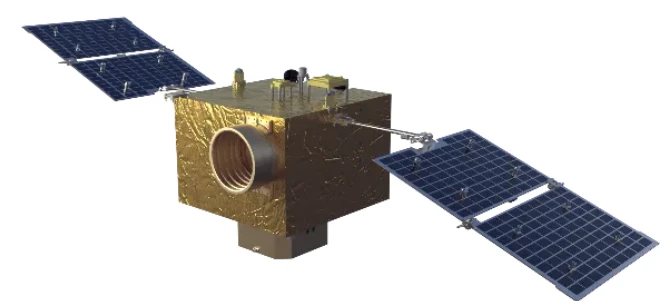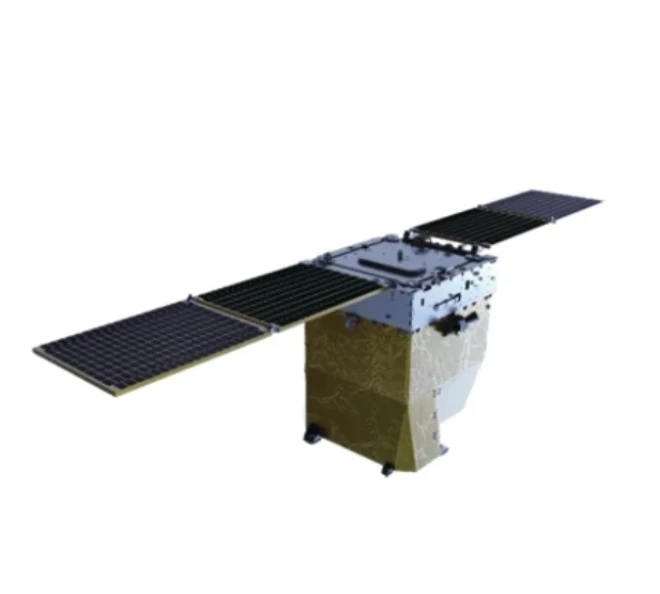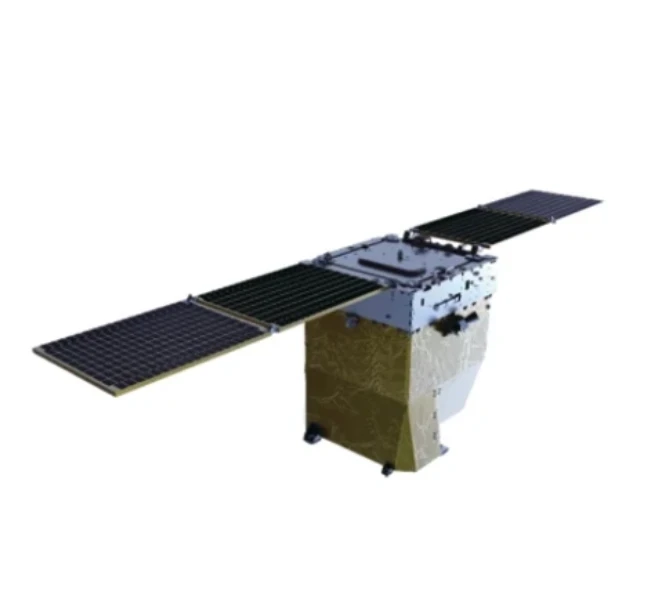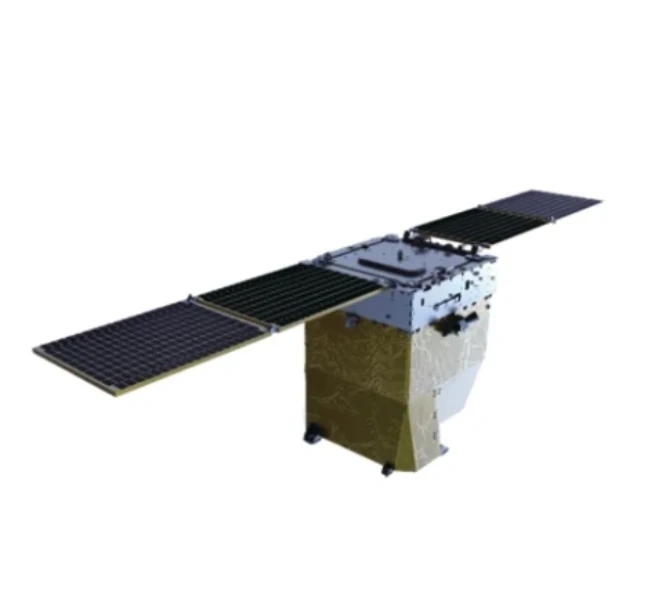
- ആഫ്രിക്കൻ
- അൽബേനിയൻ
- അംഹാരിക്
- അറബിക്
- അർമേനിയൻ
- അസർബൈജാനി
- ബാസ്ക്
- ബെലാറഷ്യൻ
- ബംഗാളി
- ബോസ്നിയൻ
- ബൾഗേറിയൻ
- കറ്റാലൻ
- സെബുവാനോ
- ചൈന
- കോർസിക്കൻ
- ക്രൊയേഷ്യൻ
- ചെക്ക്
- ഡാനിഷ്
- ഡച്ച്
- ഇംഗ്ലീഷ്
- എസ്പെരാന്തോ
- എസ്റ്റോണിയൻ
- ഫിന്നിഷ്
- ഫ്രഞ്ച്
- ഫ്രിസിയൻ
- ഗലീഷ്യൻ
- ജോർജിയൻ
- ജർമ്മൻ
- ഗ്രീക്ക്
- ഗുജറാത്തി
- ഹെയ്തിയൻ ക്രിയോൾ
- ഹൗസ
- ഹവായിയൻ
- ഹീബ്രു
- ഇല്ല
- മിയാവോ
- ഹംഗേറിയൻ
- ഐസ്ലാൻഡിക്
- ഇഗ്ബോ
- ഇന്തോനേഷ്യൻ
- ഐറിഷ്
- ഇറ്റാലിയൻ
- ജാപ്പനീസ്
- ജാവനീസ്
- കന്നഡ
- കസാഖ്
- ഖെമർ
- റുവാണ്ടൻ
- കൊറിയൻ
- കുർദിഷ്
- കിർഗിസ്
- തൊഴിൽ
- ലാറ്റിൻ
- ലാത്വിയൻ
- ലിത്വാനിയൻ
- ലക്സംബർഗ്
- മാസിഡോണിയൻ
- മലഗാസി
- മലായ്
- മലയാളം
- മാൾട്ടീസ്
- മാവോറി
- മറാത്തി
- മംഗോളിയൻ
- മ്യാൻമർ
- നേപ്പാളി
- നോർവീജിയൻ
- നോർവീജിയൻ
- ഒക്സിറ്റൻ
- പഷ്തോ
- പേർഷ്യൻ
- പോളിഷ്
- പോർച്ചുഗീസ്
- പഞ്ചാബി
- റൊമാനിയൻ
- റഷ്യൻ
- സമോവൻ
- സ്കോട്ടിഷ് ഗെയ്ലിക്
- സെർബിയൻ
- ഇംഗ്ലീഷ്
- ഷോണ
- സിന്ധി
- സിംഹള
- സ്ലോവാക്
- സ്ലോവേനിയൻ
- സൊമാലി
- സ്പാനിഷ്
- സുന്ദനീസ്
- സ്വാഹിലി
- സ്വീഡിഷ്
- ടാഗലോഗ്
- താജിക്
- തമിഴ്
- ടാറ്റർ
- തെലുങ്ക്
- തായ്
- ടർക്കിഷ്
- തുർക്ക്മെൻ
- ഉക്രേനിയൻ
- ഉറുദു
- ഉയ്ഘർ
- ഉസ്ബെക്ക്
- വിയറ്റ്നാമീസ്
- വെൽഷ്
- സഹായം
- യിദ്ദിഷ്
- യൊറൂബ
- സുലു
The Future of Satellite Imaging Technology
In the rapidly advancing world of satellite technology, optical lenses and camera systems are at the forefront of innovation. From satellite optical lenses to hyperspectral images, these tools are changing how we capture, analyze, and interpret data from space. This article will explore the role of satellite optical lenses, wide-swath imagers, camera technology, hyperspectral images, and optic camera/payloads in modern satellite systems.
The Power of Satellite Optical Lenses
A satellite optical lens plays a crucial role in capturing high-quality images from space. These lenses are designed to focus light onto a sensor, allowing for the capture of detailed, high-resolution images that can be used for a variety of applications, from Earth observation to space exploration. The precision and quality of the satellite optical lens are essential for the success of any mission that relies on imagery, including weather monitoring, agricultural surveys, and military reconnaissance.
Satellite optical lenses have undergone significant improvements in recent years, with advancements in materials and design leading to sharper, more accurate images. Modern lenses often incorporate specialized coatings that reduce the effects of light scattering and distortion, ensuring that images are clear and reliable. Additionally, developments in adaptive optics and multi-lens systems are allowing for more versatile and efficient satellite imaging, enabling satellites to capture better images over a larger area.
These satellite optical lenses are also integral to the growing field of remote sensing, where high-quality imaging plays a central role in tracking environmental changes, urban development, and natural disasters. The ability to capture images from space with unparalleled clarity is reshaping how we monitor and manage Earth's resources.
Wide-Swath Imager: Expanding Satellite Vision
A wide-swath imager is an advanced imaging system designed to capture broad, high-resolution images of the Earth. These imagers are capable of capturing wide swaths of the Earth's surface in a single pass, making them ideal for large-scale environmental monitoring and mapping projects. Wide-swath imagers are used in satellites to monitor vast areas with great detail, providing valuable data for industries such as agriculture, forestry, and disaster response.
The development of wide-swath imagers has made it possible to rapidly gather data over large geographic areas without sacrificing the quality of the image. This is particularly beneficial for applications like climate monitoring and land-use mapping, where extensive coverage is required. By using wide-swath imagers, satellite operators can capture a broader view of the Earth, enabling them to track long-term environmental changes and respond to natural disasters more effectively.
These imagers are also critical in defense and security, where large-scale surveillance and reconnaissance are essential. Wide-swath imagers provide a more efficient means of gathering intelligence, allowing for real-time monitoring of vast regions with minimal delay.
Camera Technology: Advancements in Satellite Imaging
Camera technology has undergone remarkable advancements in the satellite industry, driving the ability to capture increasingly precise and detailed imagery from space. These technological innovations have led to the development of high-performance optical systems and camera sensors that can deliver more accurate and detailed information than ever before.
The integration of high-resolution cameras with cutting-edge optical technologies has revolutionized the way satellites capture images. Modern camera technology in satellites includes advanced sensors, digital imaging technologies, and multi-spectral capabilities that enhance the quality and functionality of the data captured. These technologies enable satellites to provide clearer, more reliable images across a range of wavelengths, from visible light to infrared and beyond.
Moreover, camera technology is not only about improving the quality of images but also about making these systems more compact and efficient. By reducing the size and weight of satellite cameras, manufacturers have made it possible to deploy multiple cameras on small, cost-effective satellites, increasing the accessibility of space-based imaging for various industries.
Hyperspectral Image: A New Era of Data Capture
Hyperspectral images are a powerful tool for satellite-based data capture, providing detailed information across a wide range of wavelengths. Unlike traditional imagery, which captures images in a limited range of colors (typically red, green, and blue), hyperspectral images capture data across hundreds of different spectral bands. This allows for more detailed analysis of the Earth's surface, including the identification of minerals, vegetation types, and even pollutants.
The ability to capture hyperspectral images from satellites has opened new possibilities in remote sensing. These images can be used in a variety of applications, from precision agriculture to mineral exploration, water quality monitoring, and climate change studies. The detailed spectral information captured in hyperspectral images can provide insights that traditional imaging methods cannot, allowing for more accurate assessments of the environment.
Hyperspectral imaging is becoming increasingly valuable for environmental monitoring, as it enables scientists to detect subtle changes in land cover, water bodies, and atmospheric conditions. This technology allows for the monitoring of specific wavelengths, making it easier to identify and track environmental changes over time.
Optic Camera/Payloads: Revolutionizing Space-Based Imaging
The optic camera/payload is a critical component of modern satellite systems, enabling the capture of high-resolution imagery from space. These payloads consist of optical sensors and cameras that are designed to collect data from various wavelengths, including visible, infrared, and ultraviolet light. The optic camera/payload allows for the imaging of a wide range of targets, from Earth’s surface to objects in deep space.
The design and development of optic camera/payloads have come a long way, with advancements in optical technology, sensor sensitivity, and image processing. These payloads are now capable of capturing more detailed and accurate images, even in challenging environments, such as low-light conditions or over vast distances. The performance of the optic camera/payload is essential for the success of satellite missions, particularly in fields like Earth observation, scientific research, and national security.
Modern optic camera/payloads are also smaller, lighter, and more energy-efficient, which makes them ideal for a range of satellite platforms, including small satellites and CubeSats. This has expanded the potential applications for optic camera/payloads, making them accessible for a broader range of industries and organizations.
Satellite Optical Lens FAQs
What is a satellite optical lens?
A satellite optical lens is a component of a satellite that focuses light onto a sensor, enabling the capture of high-resolution images from space for various applications.
What is a wide-swath imager used for?
A wide-swath imager is used to capture broad, high-resolution images of the Earth's surface, making it ideal for environmental monitoring, mapping, and large-scale surveys.
How has camera technology advanced in satellites?
Camera technology in satellites has advanced through improved sensor quality, digital imaging, and multi-spectral capabilities, allowing for clearer, more detailed images and more efficient data capture.
What are hyperspectral images and how are they used?
Hyperspectral images capture data across a wide range of wavelengths, allowing for detailed analysis of the Earth's surface, including the identification of minerals, vegetation, and pollutants.
What is an optic camera/payload?
An optic camera/payload is a satellite component that includes optical sensors and cameras for capturing high-resolution images from space across various wavelengths of light.











